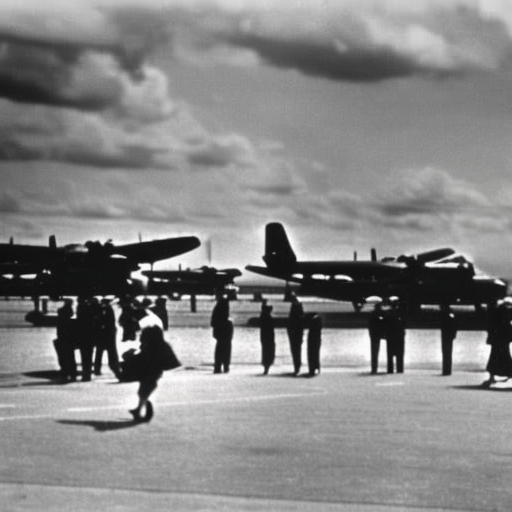Summary:
During World War II, the British government implemented a series of large-scale evacuations to protect civilians, particularly children, from the dangers of bombing raids and invasion. These evacuations, known as Operation Pied Piper, aimed to move vulnerable individuals from urban areas to safer locations in the countryside. The evacuations were a massive logistical undertaking and involved the relocation of millions of people. Although the process was challenging and disruptive, it ultimately saved countless lives and ensured the safety of many British civilians.
Background:
As World War II began, the British government anticipated that major cities would be targeted by German bombing raids. They recognized the need to protect civilians, especially children, who were considered the most vulnerable. The government devised a plan to evacuate these individuals to safer areas, primarily in rural locations. The evacuation process began in September 1939, just days before the outbreak of war, and continued throughout the conflict.
Operation Pied Piper:
Operation Pied Piper was the codename given to the mass evacuation of civilians from urban areas in Britain. The operation was coordinated by the Ministry of Health and local authorities. The plan aimed to move children, pregnant women, and disabled individuals to areas considered less likely to be targeted by enemy attacks. The government believed that by dispersing the population, they could reduce the impact of bombing raids and ensure the survival of future generations.
The Evacuation Process:
The evacuation process involved a significant amount of planning and organization. Local authorities were responsible for identifying individuals who should be evacuated and arranging transportation. Schools played a crucial role in the process, as they were used as assembly points for children and their teachers. Children were often given labels to wear, indicating their destination, and were instructed to carry a small bag with essential items.
Once assembled, the evacuees were transported by train or bus to their designated reception areas in the countryside. Upon arrival, they were met by local volunteers who would help find them temporary accommodation with host families or in schools. The evacuees were often separated from their families, which caused emotional distress for many. However, efforts were made to keep siblings together whenever possible.
Challenges and Impact:
The evacuation process faced numerous challenges. Many evacuees experienced homesickness, as they were separated from their families and familiar surroundings. The host families also faced difficulties, as they had to accommodate and care for individuals they had never met before. Additionally, some evacuees faced discrimination or were treated poorly due to their urban backgrounds.
Despite these challenges, the evacuations were largely successful in protecting civilians. The relocation of millions of people significantly reduced the number of casualties during bombing raids. It also ensured that the next generation would survive and continue the British population. The evacuations had a lasting impact on those involved, with many children forming lifelong bonds with their host families.
Conclusion:
The evacuations of civilians in Britain during World War II, known as Operation Pied Piper, were a crucial measure taken by the government to protect vulnerable individuals from the dangers of bombing raids. Although the process was challenging and disruptive, it ultimately saved countless lives and ensured the safety of many British civilians. The evacuations were a testament to the resilience and determination of the British people during a time of great adversity.












